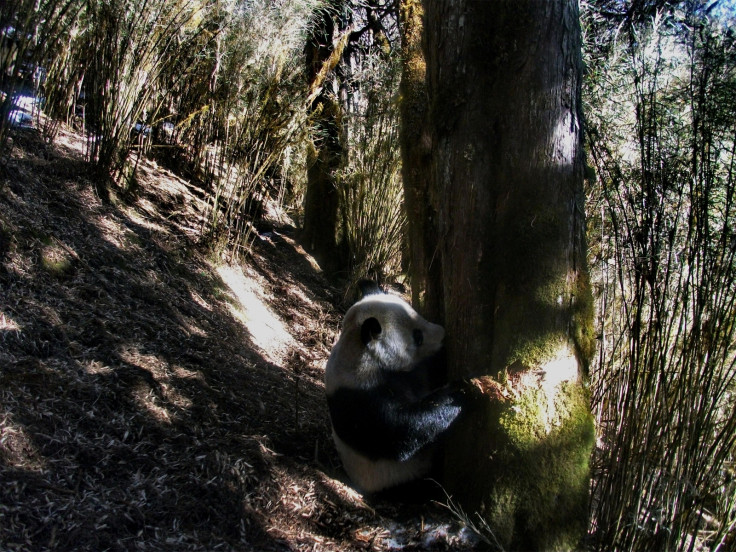This is the smallest area of habitat giant pandas will need if they are to survive
Scientists have calculated that smallest area of habitat required for panda survival is 114.7sq km.

Scientists have measured the smallest area of habitat required for the long-term survival of giant pandas, in the hope of improving conservation strategies. Today, the iconic animal is restricted to six separate regions and there are major concerns that it will disappear unless efforts are made to reduce the break-up of its habitat.
Much of the world's biodiversity is threatened by habitat loss due to human activity and natural disasters. Habitat loss can lead to habitat fragmentation – the division of large, continuous habitats into smaller and isolated patches – with sometimes devastating consequences for certain species.
Giant pandas in particular face important risks due to habitat fragmentation. These animals are among the most endangered species in the world, although their numbers are thought to have increased in the last 40 years due to vigorous conservation effort.
It is clear however that their geographic range is much limited than it used to be. Populations of giant panda originally extended throughout most of southern and eastern China, northern Myanmar, and northern Vietnam, while remnant populations are now only found in six, very fragmented regions scattered throughout rugged mountain ranges at the eastern edge of the Tibetan Plateau.
The risk of inbreeding
Scientists are worried that this will reduce population numbers by reducing interactions and gene flow between pandas. Zhisong Yang, the lead author of the new study published in Scientific Reports tells IBTimes UK: "Habitat fragmentation results in disruption of gene exchange. Small populations will go extinct by inbreeding depression".
With his team, the scientist decided to calculate giant panda's Minimum Area Requirement (MAR) to continue living in the wild – that is the smallest area of habitat that they need to live. Their findings may help conservationists come up with decisions about how to protect and extend wild panda's habitat, so as to offer them the best chances of survival possible.

They examined the information present in databases regarding giant panda presence – including footprints and signs of foraging. Their data covered five of the six regions representing 78% of the global distribution of giant panda habitat. The probability that pandas would be found in an area increased with the size of the area.
Based on their analysis of habitat occupancy probability, the researchers estimated that the MAR was estimated to be 114.7sq km. "This means that pandas that live in smaller areas than these 114.7sq km are more threatened than those in larger areas", Zhisong Yang points out.
What solutions?
Important fragmentation of habitat in three of the five regions studied increased the probability of pandas living on patches with a size below the MAR. The researchers say some practical solutions should be implemented quickly to make sure this does not lead to a drastic reduction in panda population numbers.
Establishing corridors among habitat patches is an interesting initiative to increase interactions between pandas and reproduction, thus mitigating habitat fragmentation. However, expanding habitat patch sizes by fighting against habitat loss will also be necessary in mountain ranges where fragmentation is most intensive. "We need to work both at constructing corridor but also at restoring vegetation", concludes.
© Copyright IBTimes 2025. All rights reserved.






















